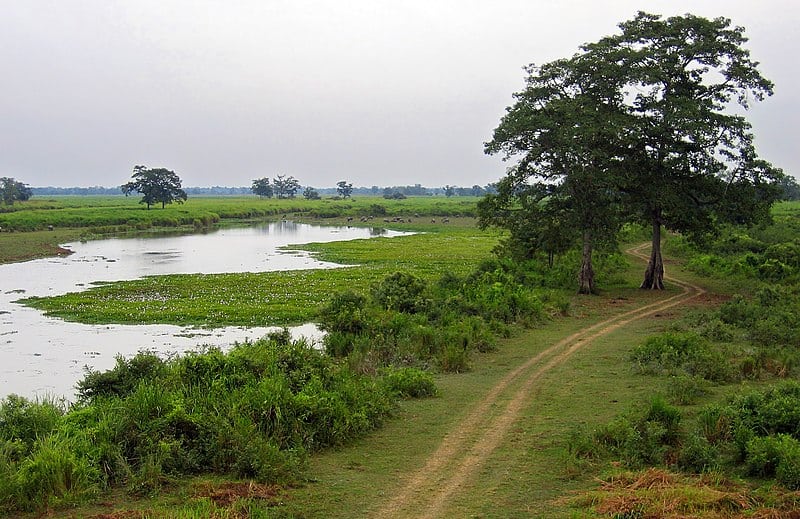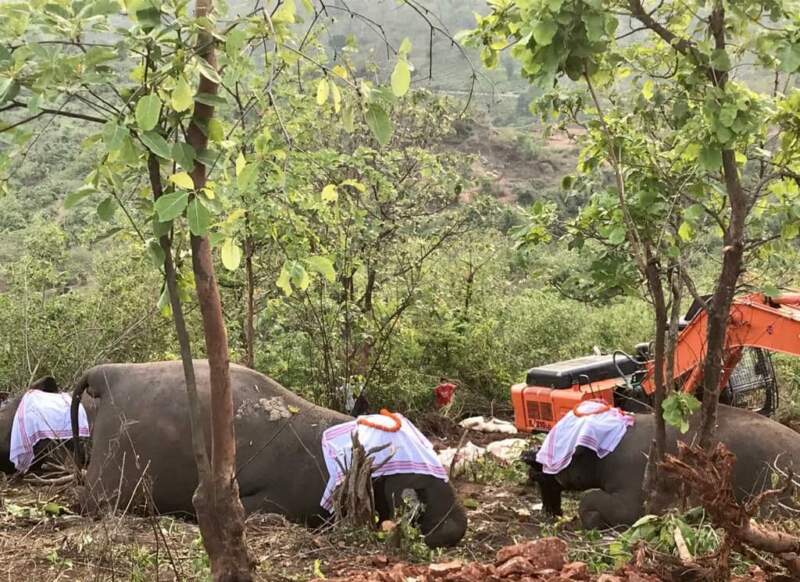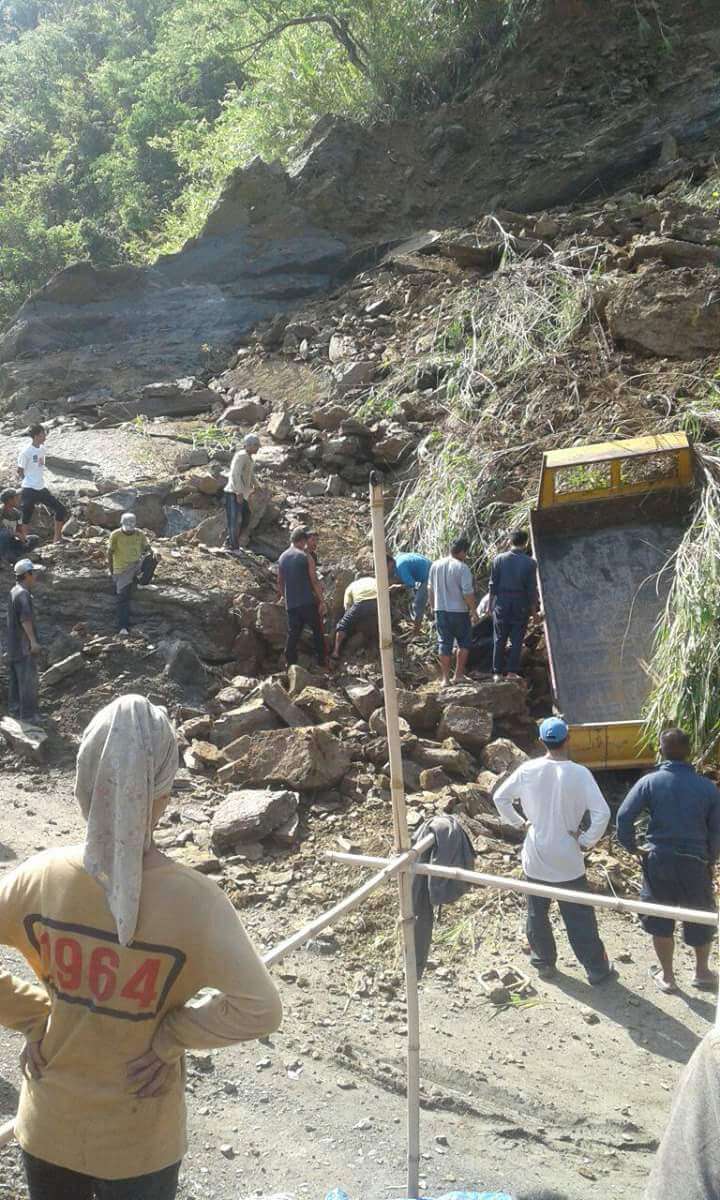Diphu October 2 2023: The penchant for the Assamese people in general for an outdoor experience on the edge of the abundant wilderness must be seen to be believed. The wetlands like the springs, ox-bow lakes and the river provide a closeness with nature. And one did not have to travel far.
The easy availability of a cheaper mode of long distance travel and good roads made winter picnickers target the distant scenic spots for daylong jaunts. Sadly, the indiscretions of picnickers turned such heavenly places into a stinking nightmare. The same goes for the spring called the Kohora.
Mora Diphlu – The River
The river water oozes out from a 550 meter tall watershed and travels in an easterly direction within the district of Karbi Anglong and flows past the Soil Conservation Inspection Bungalow, then beneath the National Highway to join another stream named Singimari eventually debouching into the Mora Diphlu river.

The river. Peter Andersen, CC BY-SA 3.0, via Wikimedia Commons
Flood and Pollution
However, the flood is the great connectivity maker with all these waters and the poison thrown into them.
There are questions pertaining to the pollution and subsequent conservation of the world famous Kaziranga National Park. But there are questions regarding the very existence of the river in question and the focus of this writing.
The flow of Kohora is decreasing to a trickle and indicative of a wretched hill ecosystem going sore.
We do not want a river to choke up and carry filth and poison; neither can we wish a river not to flow. That would be detrimental to the grassland and the aquatic ecosystems of Kaziranga National Park.
Rhino-Centric Approach
If one wishes good for Kaziranga, a rhino centric approach, as we can see, would not work. It is the role of the rivulets from the Karbi Hills’ northern aspect to come into play.
As the flood levels all the identities of water carried by various streams and beels; it is time to be careful. Kaziranga does not live by beasts alone. Kaziranga National Park is also the home of an assortment of riverine existence counting about 42 classes of freshwater fish. These species include type freshwater pufferfish Tetraodon cutcutia.
Robin Banerjee the eminent environmentalist and film-maker who fell in love with Kaziranga after world war II, and worked actively as an environmentalist particularly on issues concerning Kaziranga National Park; would have been shocked to see the current condition of River Kohora and Mora Diphlu.




